Exploring the Wonders of Peripheral Nerve Stimulation
When it comes to managing chronic pain and discomfort, innovative procedures like Peripheral Nerve Stimulation (PNS) are paving the way for effective relief. PNS is a cutting-edge technique in which a specialized lead or wire with tiny electrodes is strategically positioned alongside a troublesome nerve to deliver minuscule electrical impulses. These impulses work their magic by interrupting the pain signals originating from specific regions of the body. If you're curious about whether PNS is right for you, your physician will provide you with a comprehensive assessment, discussing potential risks, benefits, and alternative treatments.
Benefits of Peripheral Nerve Stimulation
The versatility of PNS is truly remarkable, as it can be used to address pain associated with various conditions, including:
Nerve Damage Due to Injury or Surgery
Hip Pain
Shoulder Pain
Knee Pain
Ankle Pain
Carpal Tunnel Syndrome
Peripheral Neuropathy
Occipital Neuralgia
Chronic Back Pain
Intercostal Neuralgia
Post-Amputation Pain
How the Procedure Works
The PNS procedure typically begins with a trial period lasting 3 to 5 days. This "test drive" phase allows you to experience the treatment before making a final decision.
During the trial, a temporary lead, which is a thin wire, is carefully inserted beneath the skin near the affected nerve using a needle. This temporary lead connects wirelessly to an external device that administers electrical stimulation to the nerve, blocking pain signals. Throughout the trial period, which lasts for 3 to 5 days, you and your physician will closely monitor the effectiveness of the treatment. If you experience significant relief, ranging from a 50-100% reduction in pain, and notice a substantial improvement in your daily functioning, the trial is deemed successful. In this case, you are an ideal candidate for peripheral nerve stimulation, and the temporary leads will be removed.
However, if the trial does not provide the desired pain relief, the temporary leads will be removed, and the option of permanent lead placement is not offered.
For those who do choose permanent lead placement for PNS, it involves the placement of leads under the skin in proximity to the affected nerve. The power source, crucial for delivering stimulation, is worn externally whenever needed. It's important to note that no battery is implanted under the skin during the peripheral nerve stimulation procedure.
In conclusion, Peripheral Nerve Stimulation is an exciting and effective option for managing various types of chronic pain. If you're considering this procedure, consult with your healthcare provider to determine if it's the right choice for you. With the potential to significantly improve your quality of life, PNS is truly a remarkable advancement in the field of pain management.
